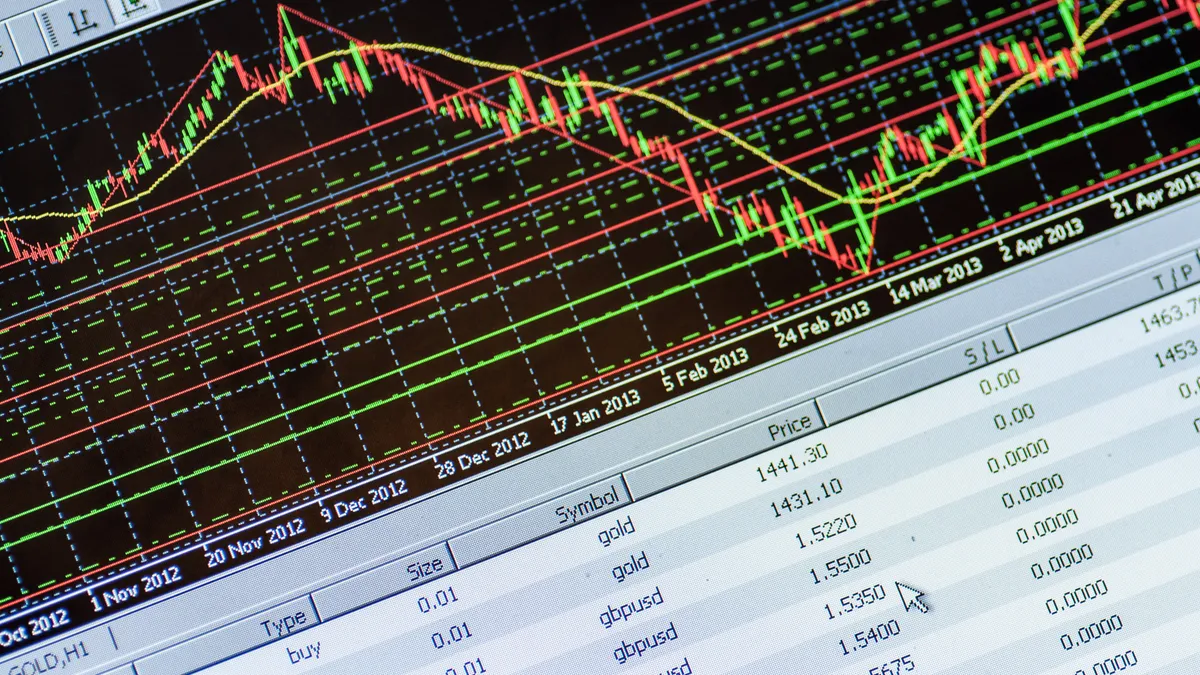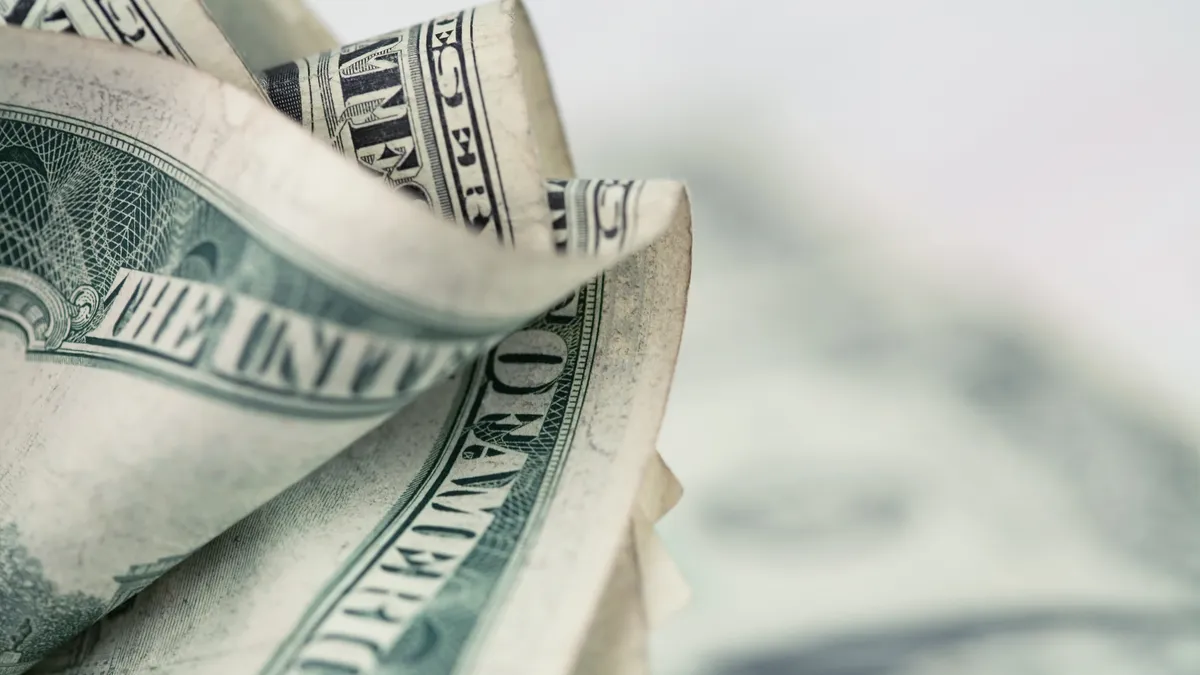The COVID-19 pandemic is forcing finance executives to reconsider their approach to impairment testing for goodwill. The problem lies in predicting fair value and future cash flows, which the current economic uncertainty complicates.
"The pandemic has abruptly changed company forecasts and market outlook," Greg Franceschi, managing director of valuation advisory services at Duff & Phelps, said in a webcast.
Pandemic-driven stock market volatility, as well as substantial market capitalization decline, are considered key factors indicating it’s time to analyze whether a triggering event for impairment testing has occurred.
Not every industry will be affected in the same way, but virtually every company is grappling with widespread changes in social and economic behavior. For companies with goodwill on their balance sheets, the issue becomes one of reassessing fair value and future cash flows.
Two approaches to calculating impairment
Goodwill arises when a company acquires another business for more than its book value. Under generally accepted accounting principles, companies must recalculate the value of goodwill assets at least at least once a year to determine if any impairment has occurred.
Impairment occurs when the market value of an acquired asset drops below the purchase price or if the value of goodwill was overstated. To see if either has occurred, one of two approaches is used. A company may use an income approach that discounts future cash flows to present value. Or, it may use a market approach, which analyzes assets and liabilities of industry players with similar business models.
Knowing when a triggering event has occurred
Triggering events occur when circumstances suggest the designated carrying amount of the asset may not be recoverable and that there may be impairment. "Triggering events are a very hot topic at the moment, given the current pandemic and the economic impact that it’s having," managing director of Duff & Phelps transaction advisory services Andrew Probert said.
Plenty of today's events would qualify as triggering. They comprise both market-wide and company-specific factors. The latter category could include an event affecting a reporting unit, a sustained drop in share price, changes in cost of raw materials and declining cash flows.
In terms of macroeconomic triggers, "they could include a deterioration in general economic conditions, limitations on access to capital and changes in foreign exchange rates," Probert said. "In the current environment, these [events] mean impairment for most companies,” and raise questions about the recoverability of goodwill.
When several of these triggering events occur simultaneously, start thinking about fair value.
Calculating fair value in times of market disruption
Fair value is the price received for an asset in an orderly transaction between market participants. Fair value must take into account current market conditions and incorporate information known as of the measurement date.
When computing fair value, management should also take into account information that is not known by the broader market and thus, not included in the share price. The entity may be privy to information that is not available to public shareholders. Typically, the information will come to light during the due diligence process.
However, companies should be aware that some market pricing may be inaccurate due to the current market's excessive pessimism about the pandemic’s eventual outcome. According to Javier Zoido, a Duff & Phelps managing director of valuation advisory services, the current market reactions "may be based on a disproportionate weighting of downside scenarios."
This may be an indication of asymmetric information, he said, which must be taken into account in the fair value calculation.
Nevertheless, if there is consistent market capitalization decline across an entire industry, Zoido explains, "this may be indicative of the true value of the company in the current crisis."
Scenario approaches to making cash flow projections
Cash flow projections should consider short-, medium- and long-term impacts of COVID-19. But measuring these impacts is challenging. To simplify the process, Zoido recommends two approaches. One is to develop several distinct scenarios of potential outcomes. The general formula used to calculate these scenarios: scenario value indication x probability of scenario = expected value.
Alternatively, a single scenario based on a neutral and unbiased set of prospective financial information (PFI) could be used. "The PFI itself is not weighted," Zoido says. Instead, "an expected revenue forecast is derived, and expenses are correlated to revenue."
The scenarios should then be examined in light of various internal and external factors, including customer demand, supply chain bottlenecks, workforce disruptions, competitor activities and government initiatives.
For many companies, the net effect of either of these scenario analyses may be a downgrading of asset valuations, including goodwill assets.
Be prepared to explain it
It's important to get your story on goodwill impairment together, because, as one expert noted, you may be called upon to explain it to shareholders. According to Sandy Peters, senior head of financial reporting policy at CFA Institute, companies generally don’t make goodwill disclosures in quarterly reports, but in this climate, investors expect them to share their thinking.
"Every company that has goodwill should be talking about their views this quarter, if they’ve had a decrease in business," Peters told The Wall Street Journal.



















